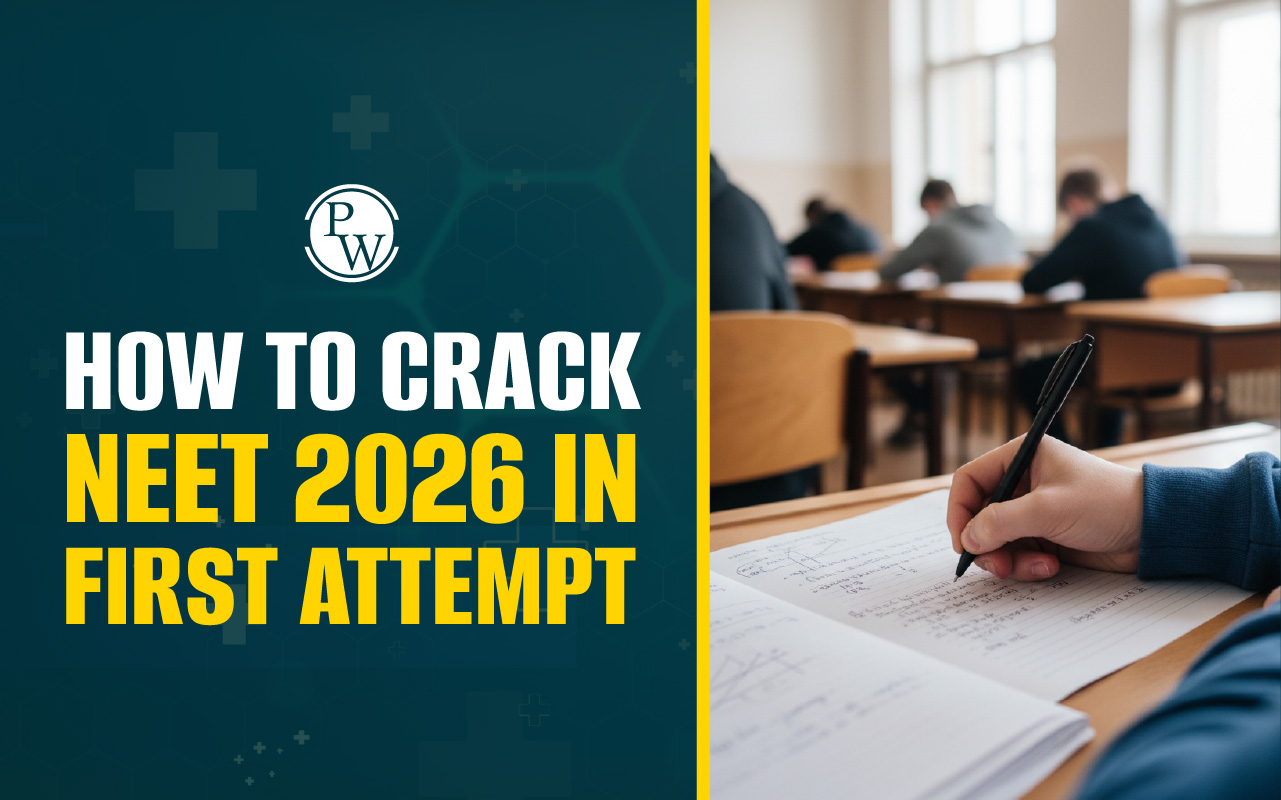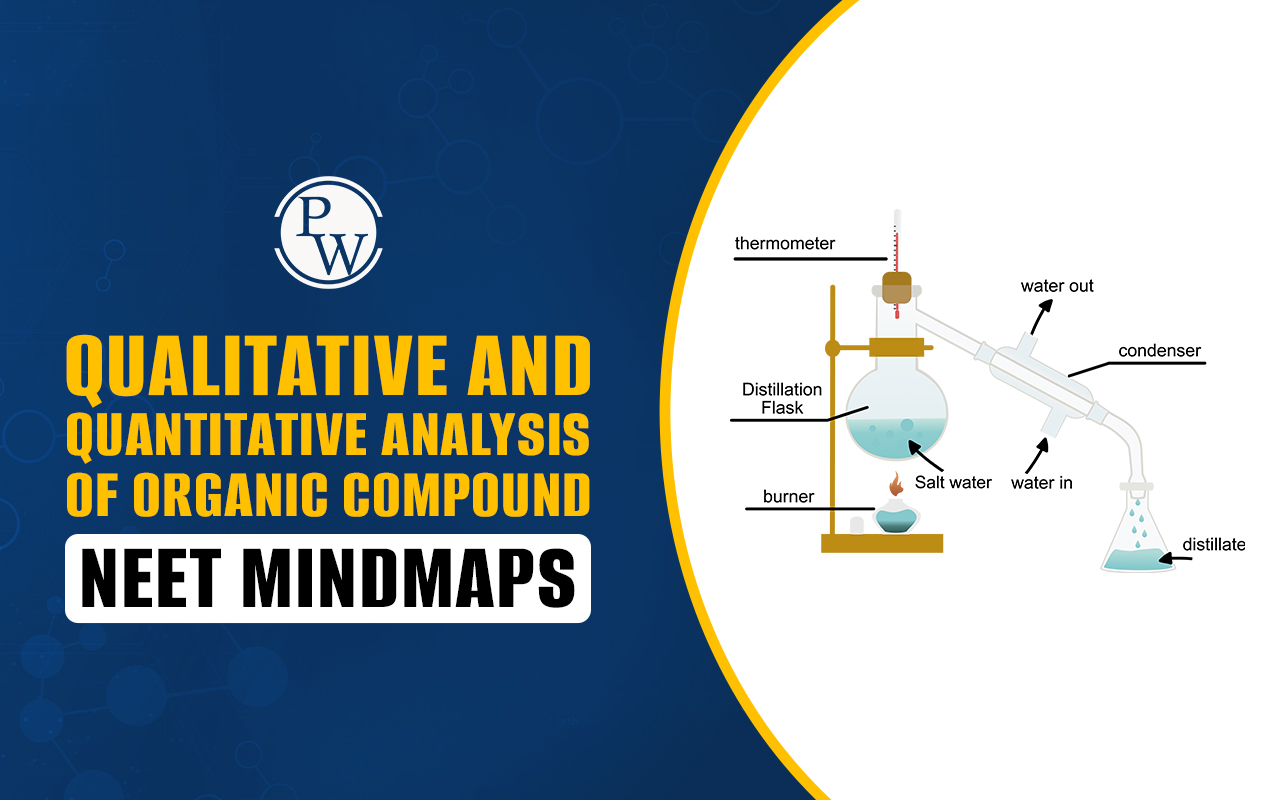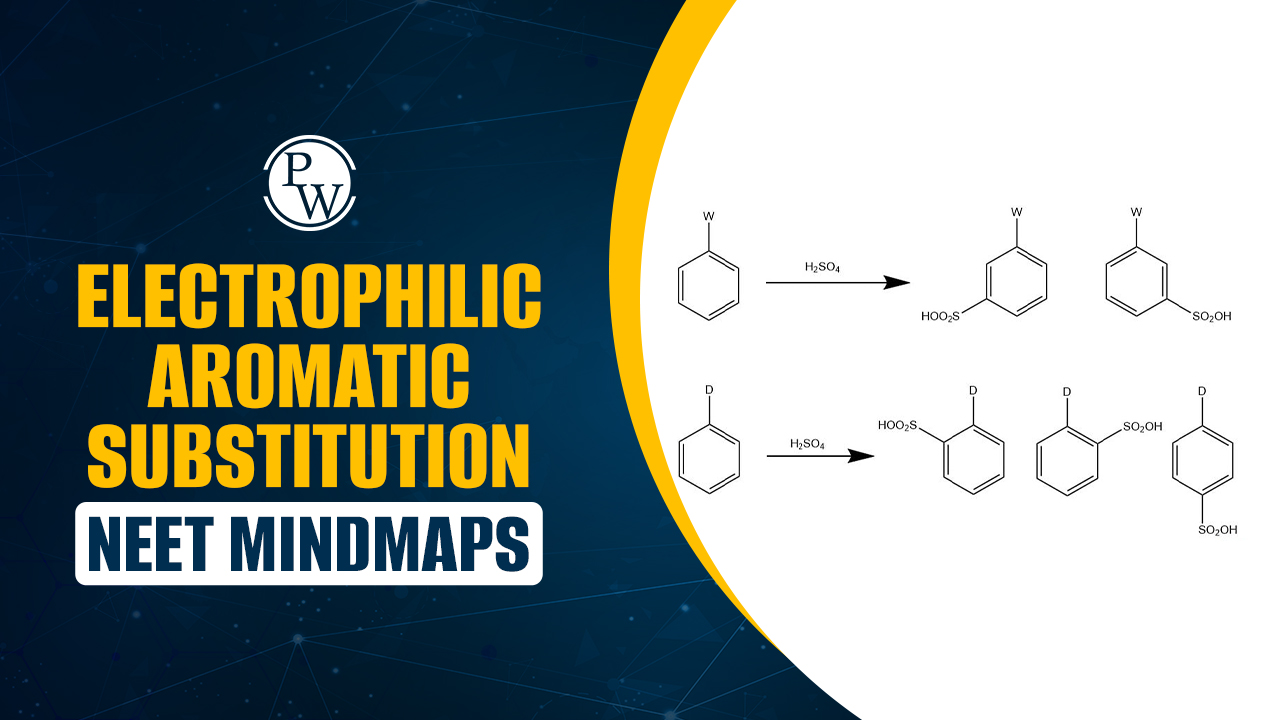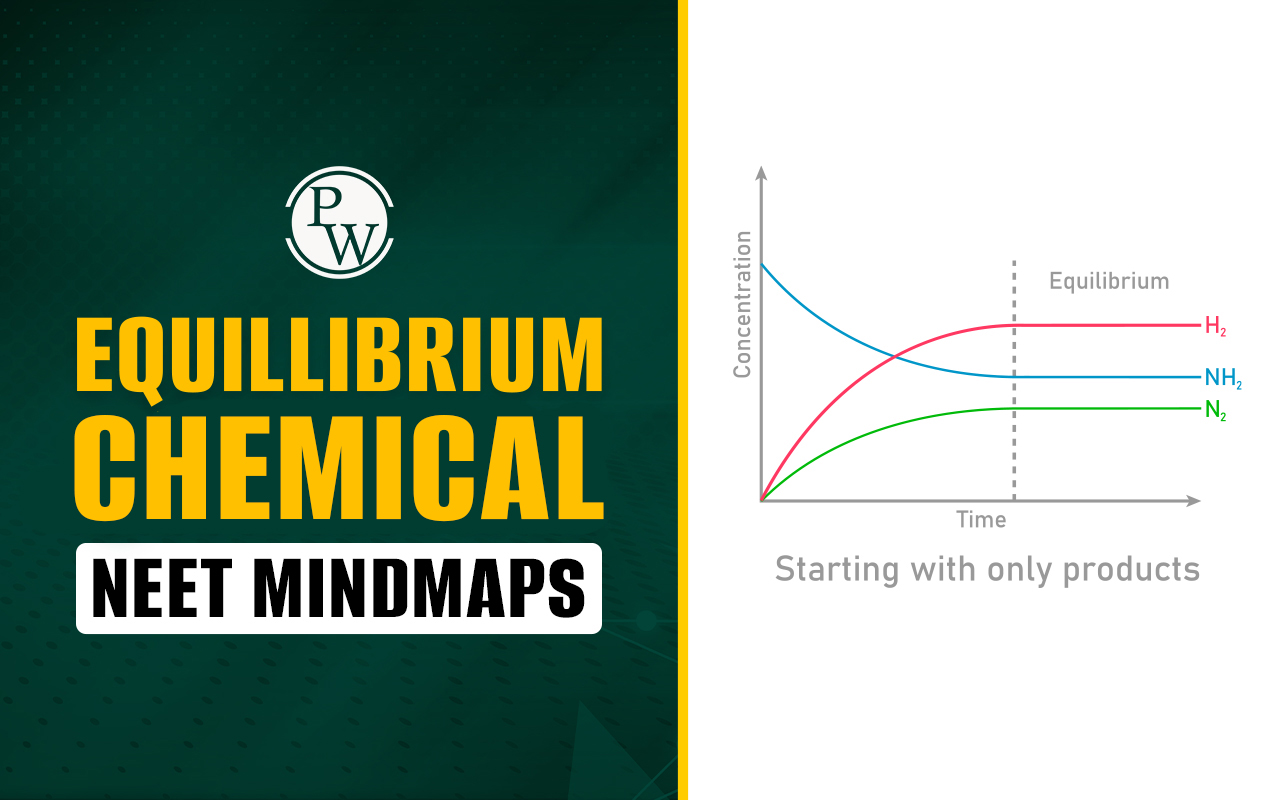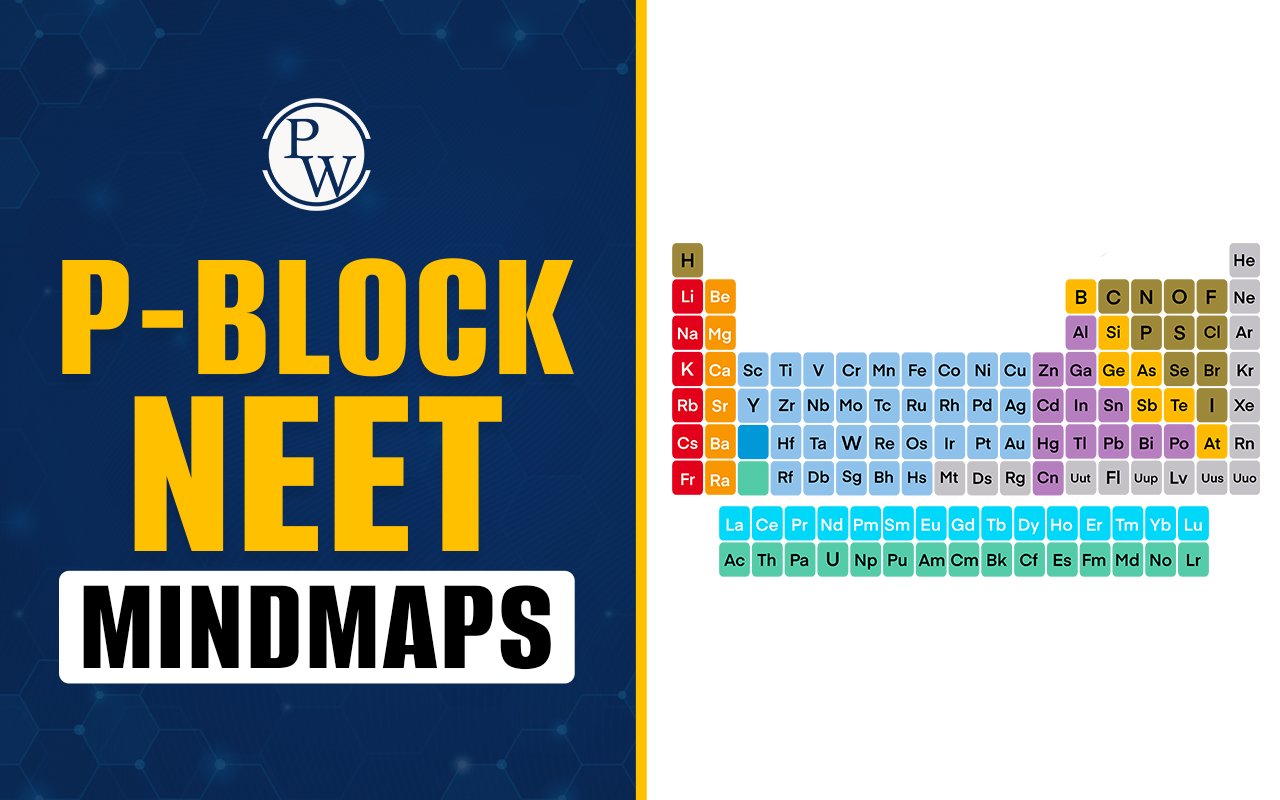
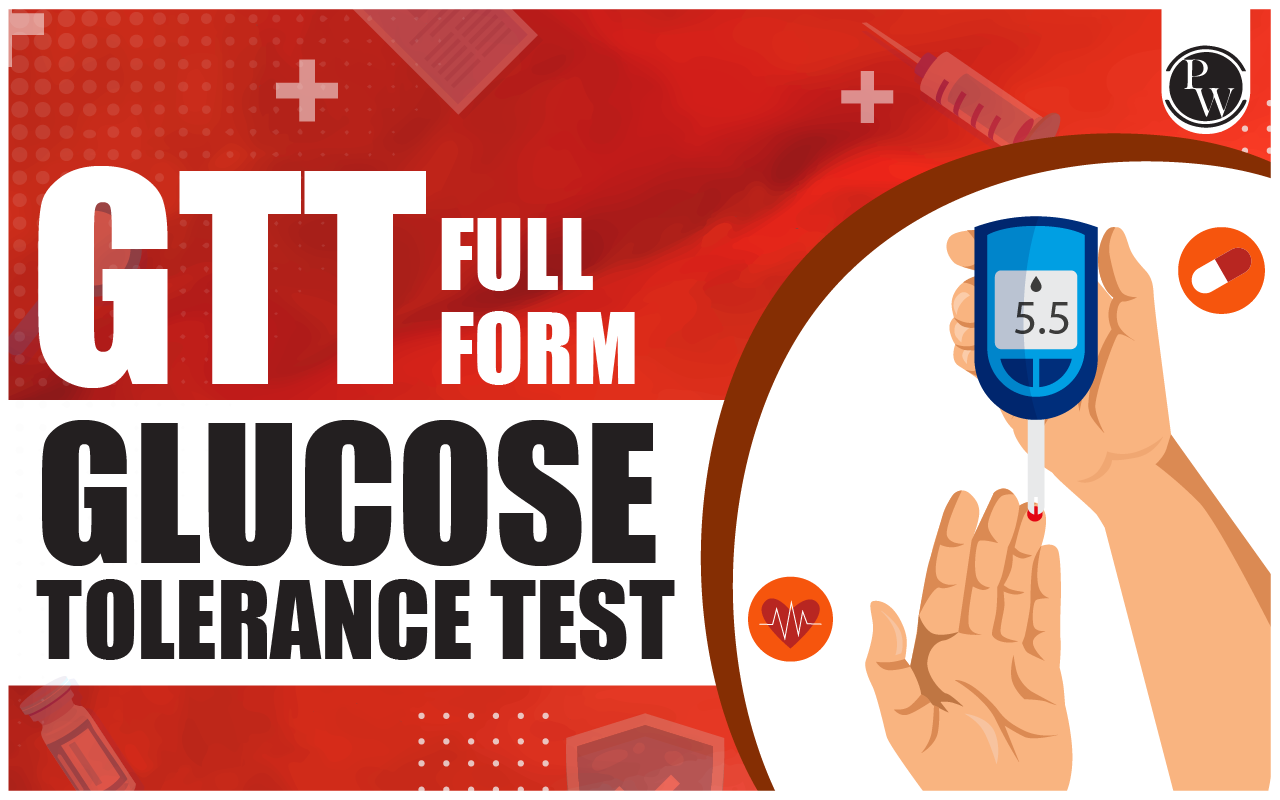
GTT Full Form: The Full Form of GTT is the Glucose Tolerance Test, also known as OGTT (Oral Glucose Tolerance Test). GTT checks how the body responds to glucose after consuming a certain amount of sugar. It is commonly conducted during pregnancy to rule out gestational diabetes. Another test is IGTT (Intravenous Glucose Tolerance Test), where glucose is injected intravenously for 2-3 minutes. Read below to learn more about the GTT Full Form and its significance.
GTT Full Form in English
The GTT full form in English is the Glucose Tolerance Test. The GTT (Glucose Tolerance Test) measures how well your body can handle sugar in bread and fruit. You'll be asked to drink a glucose solution during the GTT, and a healthcare provider will check your blood sugar level every hour for the next three hours.GTT Full Form in Hindi
GTT Full Form in Hindi is ग्लूकोज टॉलरेंस टेस्ट है। जीटीटी मापता है कि आपका शरीर ब्रेड और फलों जैसे खाद्य पदार्थों में मौजूद ग्लूकोज, एक प्रकार की चीनी को कितनी अच्छी तरह संभाल सकता है। आपको जीटीटी के दौरान ग्लूकोज का घोल पीने के लिए कहा जाएगा, और एक स्वास्थ्य सेवा प्रदाता अगले तीन घंटों तक हर घंटे आपके रक्त शर्करा के स्तर की जांच करेगा।GTT Full Form in Medical
GTT Full Form in Medical is the "Glucose Tolerance Test." A GTT assesses whether a patient can normally consume and retain glucose. It is used to screen for diabetes mellitus, insulin resistance, and other metabolic disorders. The most common variation is the oral glucose tolerance test (OGTT), where a standard dose of glucose is taken by mouth, and blood levels are tested after two hours. The GTT has been adapted for various purposes, with different amounts, routes, and sampling intervals, and it assesses additional chemicals along with blood glucose.Background of GTT
Dr Fredrick Banting and Dr Charles Best invented the Glucose Tolerance Test (GTT) in 1923 while working on separating insulin from the pancreas. A GTT is a medical test involving glucose administration, and blood samples are taken to determine how quickly it is removed from the blood. The GTT, also known as the Glucose Tolerance Test, assesses the body's response to glucose and screen for diabetes mellitus, insulin resistance, and other metabolic disorders.Usage of Glucose Tolerance Test (GTT)
The Glucose Tolerance Test (GTT) is a valuable tool used to diagnose diabetes and prediabetes and monitor diabetes treatment effectiveness. Typically conducted in the morning after an overnight fast, the test involves consuming a glucose solution, and blood sugar levels are measured at regular intervals over two hours. Elevated blood sugar levels may indicate diabetes, while readings between 100 mg/dL and 125 mg/dL after two hours suggest prediabetes. For individuals with diabetes, the GTT assists doctors in evaluating the success of their treatment plan.Significance of GTT
It is crucial to regularly check blood sugar levels to understand our body's glucose tolerance. Post-meal, blood sugar levels increase, and the pancreas release insulin to metabolise the sugar into usable energy for the body's cells, restoring blood sugar to normal levels. Diabetic individuals experience difficulty in sugar metabolism due to inadequate insulin production, accumulating excess sugar in the bloodstream, and causing damage to blood vessels and organs. GTT (Glucose Tolerance Test) is a diagnostic tool for identifying diabetes and prediabetes, helping healthcare professionals monitor treatment effectiveness. Poorly managed diabetes may result in complications such as nerve damage, heart disease, kidney failure, and glaucoma, making regular monitoring essential for early intervention and prevention of further health issues.Procedure of GTT
The GTT (Glucose Tolerance Test) is a straightforward process that involves fasting for at least eight hours before the test. Then, the patient is given a special glucose drink. A blood sample is taken before drinking the glucose and again two hours after consumption to assess the glucose level in the blood. In the case of the IGTT (Intravenous Glucose Tolerance Test), glucose is injected into the patient's veins, and blood insulin levels are measured by taking a blood sample before the injection and again 2-3 minutes after the injection. It is important to note that the IGTT method is not used for diagnosing Diabetes but is employed solely for research purposes.When to Undergo GTT
Medical practitioners recommend the GTT (Glucose Tolerance Test) in various scenarios:- If an individual has high blood pressure.
- In the case of obesity.
- If a patient is dealing with hormonal issues like Hypothyroid or Polycystic Ovarian Syndrome.
- If there is a family history of diabetes.
- During pregnancy, if the baby's weight is higher in scans compared to the gestational weeks or if there is a history of gestational diabetes in previous pregnancies.
Side Effects of GTT and Results
Some individuals might experience discomfort such as stomach ache, nausea, headache, or vomiting during the GTT procedure. The normal fasting blood sugar range should be approximately 70-90mg/dL, and postprandial blood sugar (PPBS) should be around 80-140mg/dL. The blood sugar level should ideally remain below 140mg/dL during the GTT. If the result falls between 140-200mg/dL, it indicates pre-diabetes, while a reading above 200mg/dL suggests diabetes. The test results can be influenced by factors like activity, stress, exertion, or underlying health conditions. A normal GTT result is reassuring, but lifestyle modifications like weight loss, active living, and healthy eating habits may be advised if it indicates prediabetes. If the test points to diabetes, additional blood tests such as FBS, PPBS, Pancreatic profile, 'A1C', etc., might be recommended for confirmation.Check NEET Exam Important Links
| NEET Exam Important Links | |
| NEET Syllabus | NEET Sample Paper |
| NEET Notes | NEET Previous Year Question papers |
GTT Full Form FAQs
What is the usual range of GTT?
The usual range for GTT (Glucose Tolerance Test) is as follows:
Fasting blood glucose levels should be less than 95 mg/dL (5.3 mmol/L).
A normal blood glucose level is less than 180 mg/dL (10 mmol/L) one hour after consuming the glucose solution.
A normal blood glucose level is less than 155 mg/dL (8.6 mmol/L) two hours after consuming the glucose solution.
What is the Full Form of GTT in diabetes?
GTT stands for Glucose Tolerance Test. It is a test that determines how the body reacts to glucose after consuming a given amount of sugar. GTT is also known as OGTT (Oral Glucose Tolerance Test), and it is commonly performed during pregnancy to rule out gestational diabetes.
What is a typical 2-hour GTT?
The OGTT results as a type 2 diabetes screening test can be interpreted as follows: A plasma glucose level of 140 mg/dL after 2 hours is deemed normal. A plasma glucose level of 140-199 mg/dL after 2 hours shows poor glucose tolerance. Diabetes is indicated by a 2-hour plasma glucose level of 200 mg/dL.
🔥 Trending Blogs
Talk to a counsellorHave doubts? Our support team will be happy to assist you!

Check out these Related Articles
Free Learning Resources
PW Books
Notes (Class 10-12)
PW Study Materials
Notes (Class 6-9)
Ncert Solutions
Govt Exams
Class 6th to 12th Online Courses
Govt Job Exams Courses
UPSC Coaching
Defence Exam Coaching
Gate Exam Coaching
Other Exams
Know about Physics Wallah
Physics Wallah is an Indian edtech platform that provides accessible & comprehensive learning experiences to students from Class 6th to postgraduate level. We also provide extensive NCERT solutions, sample paper, NEET, JEE Mains, BITSAT previous year papers & more such resources to students. Physics Wallah also caters to over 3.5 million registered students and over 78 lakh+ Youtube subscribers with 4.8 rating on its app.
We Stand Out because
We provide students with intensive courses with India’s qualified & experienced faculties & mentors. PW strives to make the learning experience comprehensive and accessible for students of all sections of society. We believe in empowering every single student who couldn't dream of a good career in engineering and medical field earlier.
Our Key Focus Areas
Physics Wallah's main focus is to make the learning experience as economical as possible for all students. With our affordable courses like Lakshya, Udaan and Arjuna and many others, we have been able to provide a platform for lakhs of aspirants. From providing Chemistry, Maths, Physics formula to giving e-books of eminent authors like RD Sharma, RS Aggarwal and Lakhmir Singh, PW focuses on every single student's need for preparation.
What Makes Us Different
Physics Wallah strives to develop a comprehensive pedagogical structure for students, where they get a state-of-the-art learning experience with study material and resources. Apart from catering students preparing for JEE Mains and NEET, PW also provides study material for each state board like Uttar Pradesh, Bihar, and others
Copyright © 2025 Physicswallah Limited All rights reserved.



